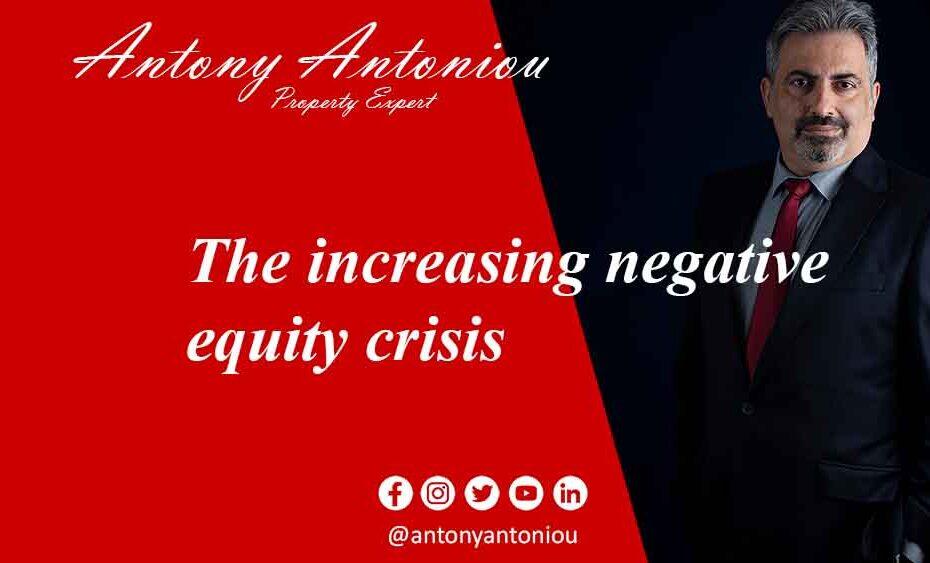The increasing negative equity crisis
The Cost of Owning Crisis: 50,000 Homeowners Fall into Negative Equity
Introduction:
In the world of real estate, homeownership is often considered a cornerstone of financial stability and success. However, recent developments in the housing market have given rise to what experts are now calling a “cost of owning crisis.” Rapidly falling house prices have pushed tens of thousands of homeowners into negative equity, leaving them facing significant challenges when it comes to selling or remortgaging their properties. In this blog post, we’ll delve into the details of this crisis and its potential impact on homeowners across the nation.
The Downward Spiral:
The National Institute of Economic and Social Research (Niesr) recently sounded the alarm, revealing that the sharp decline in house prices during August had caused approximately 50,000 individuals to fall into the daunting predicament of negative equity over the past year. This concerning trend follows a report from Nationwide, which stated that house prices were plummeting at the fastest rate in 14 years. In August alone, average prices tumbled by 5.3%, compared to the same month in the previous year when values were at their zenith. To put this in perspective, this was the most substantial drop since the global financial crisis in July 2009.
Understanding Negative Equity:
Negative equity occurs when the value of a property is less than the outstanding mortgage attached to it. This can have dire consequences for homeowners, making it challenging to sell their homes or renegotiate mortgage terms. It often results in higher monthly repayments, especially when fixed-rate deals expire. In essence, homeowners find themselves trapped in a financial quagmire.
Max Mosley, an economist at Niesr, aptly summed up the situation, stating, “Mortgage holders across the country have had to endure Covid, a cost-of-living crisis, and now a cost-of-owning crisis.” This crisis is not just a financial issue; it’s a crisis of security and peace of mind for homeowners who had expected their properties to be a source of stability.
A Comparative Analysis:
While the current situation is undoubtedly concerning, it’s worth noting that far fewer households find themselves in negative equity today compared to the financial crisis. Back then, house prices plummeted by a staggering 20% from their peak, and many households had taken out mortgages with minimal or even zero deposits. However, the Office for Budget Responsibility (OBR), the Government’s independent tax and spending watchdog, predicts that house prices could fall by 10% from their recent peak, potentially impacting many more households in the coming months.
The Future Outlook:
The Resolution Foundation warned last year that if prices fall by just 8%, around 190,000 households could end up in negative equity. Executives from Nationwide acknowledged that approximately 2% of their customers had mortgages with deposits of 10% or less, leaving them particularly vulnerable to substantial price drops. Nonetheless, there is hope on the horizon, as Henry Jordan, home commercial director at Nationwide, suggested that homeowners in negative equity may only endure a short period of financial hardship before property values rebound, particularly for those planning to remain in their homes for several years.
Factors at Play:
House prices are declining rapidly due to the cumulative impact of repeated interest rate hikes by the Bank of England. Recent data from the Bank revealed that mortgage approvals hit a five-month low in July. Additionally, officials have warned that roughly four million mortgage borrowers could face a significant increase in their monthly payments by the end of 2026, with approximately a million experiencing a jump of at least £500 per month.
However, there is some relief on the horizon as well. Interest rates may be close to peaking, potentially limiting the extent of the mortgage shock. Huw Pill, the Bank’s chief economist, hinted at this possibility, indicating that he may not vote to raise interest rates further from their current level of 5.25%. Although inflation remains stubbornly high at 6.8%, Pill believes that keeping rates higher for a longer period could eventually help bring price rises back in line with the Bank’s 2% target by 2025.
Conclusion:
The “cost of owning crisis” is a sobering reminder of the fragility of homeownership in the ever-fluctuating real estate market. As house prices continue to experience sharp declines, homeowners must tread carefully, plan for contingencies, and explore potential solutions to mitigate the impact of negative equity. While there are challenges ahead, there is hope that stability may return to the housing market in the long term, offering relief to those affected by this crisis.

